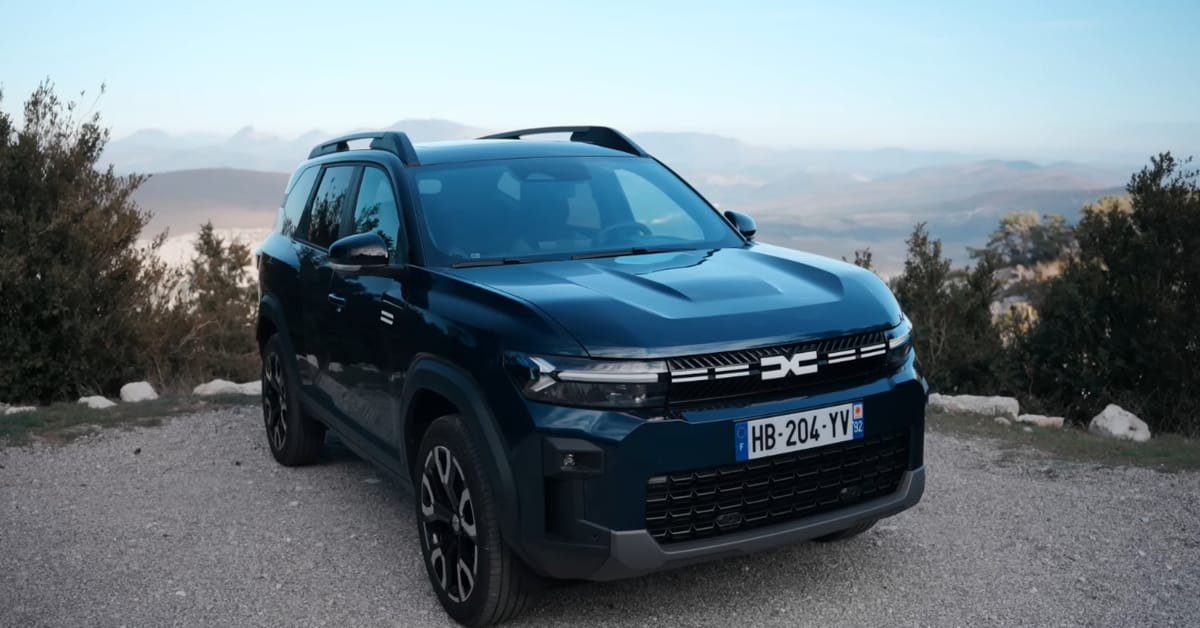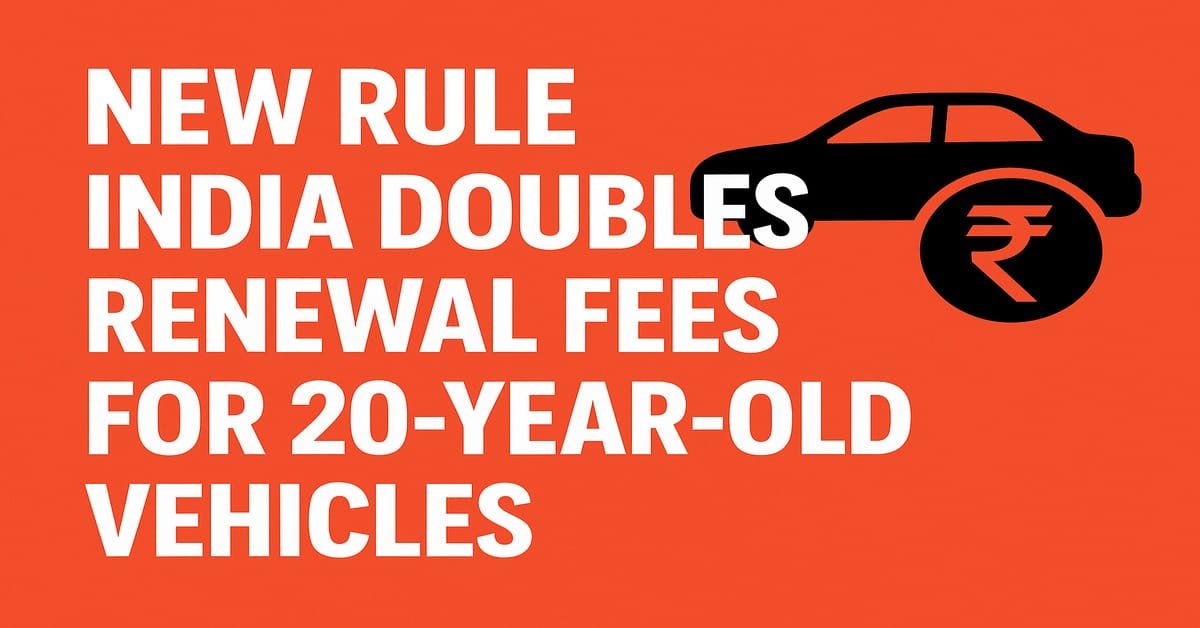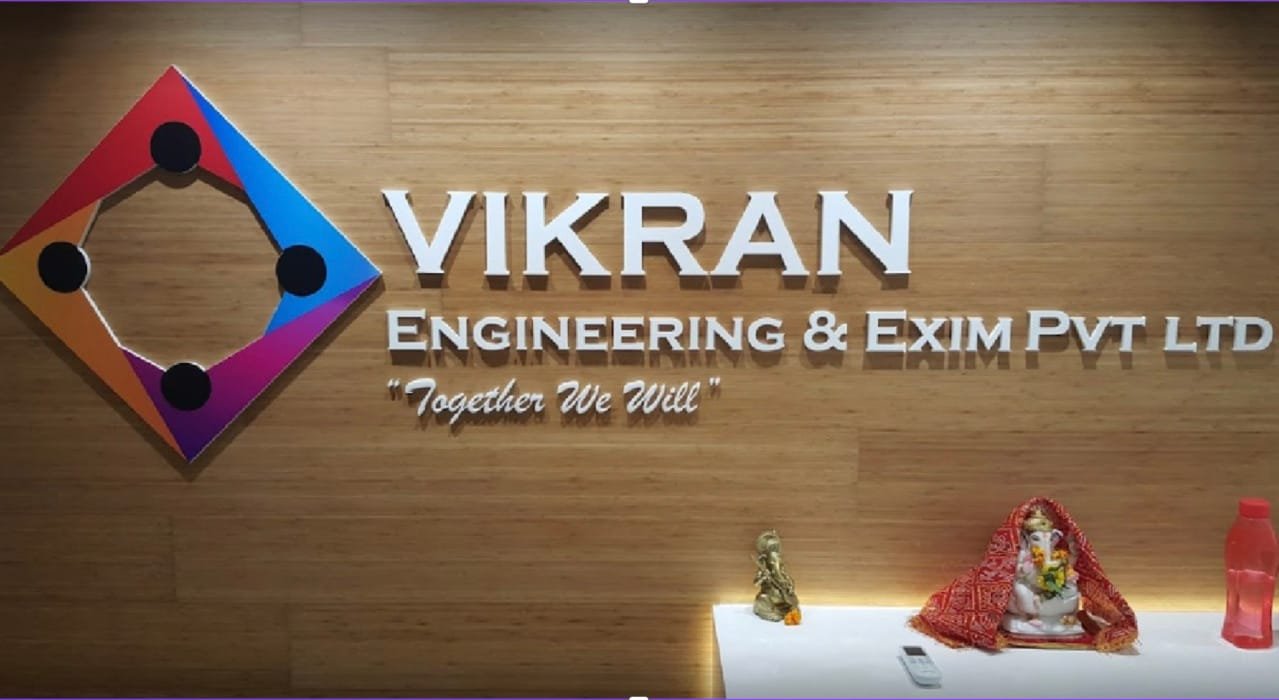Renault is gearing up to launch the Bigster, a new 7-seater SUV for the Indian market, in 2026. This SUV will be a larger and more rugged version of the next-generation Duster, aiming to compete with popular models like the Tata Safari and Mahindra XUV700. With its striking styling, up-to-date features, and emphasis on value for money, the Bigster has the potential to disrupt the mid-size SUV market.
Design & Dimensions
The Renault Bigster carries forward the Duster’s design DNA but stretches its wheelbase to accommodate a third row of seating. On the outside, it stands out with its distinctive grille, 18-inch alloy wheels, upright taillights, and sturdy roof rails, giving it a rugged yet modern appearance.The larger size ensures more cabin space, making it a practical choice for families needing extra seating.
Platform & Build
The Bigster is built on Renault’s CMF-B platform, which is also used for the Duster. This platform is known for its flexibility, allowing for different body styles and powertrains while keeping costs competitive. The sturdy build should help the Bigster handle rough roads, making it a good fit for Indian driving conditions.
Interior & Features
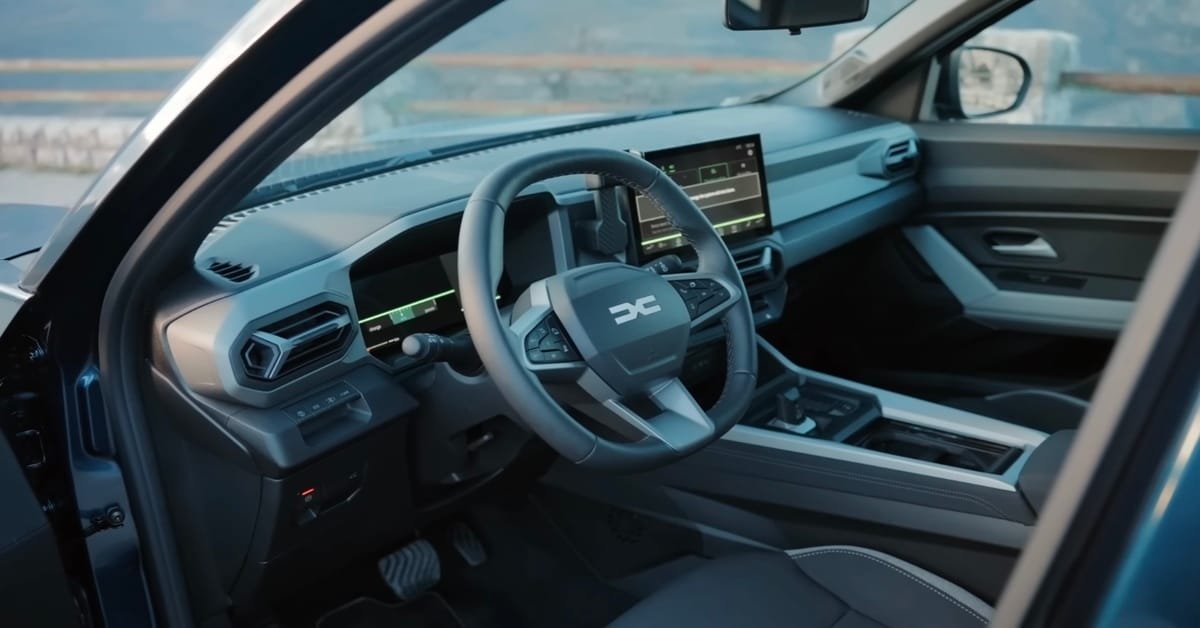
Inside, the Bigster is likely to come with a cabin that balances modern design and everyday practicality. It may feature a fully digital instrument cluster paired with a touchscreen infotainment system, giving the dashboard a sleek, high-tech look. The use of recycled materials for the seats could appeal to buyers who prefer eco-friendly choices, while advanced safety technologies like ADAS are expected to enhance driving confidence. Comfort features such as ventilated front seats, which are increasingly popular in India’s climate, and a heat-resistant sunroof liner to help keep the cabin cooler, should add to its appeal. Although the Bigster’s third row might not match the spaciousness of larger SUVs, it can still accommodate extra passengers when needed, making it a flexible choice for families who want the option of seven seats.
Engine & Performance
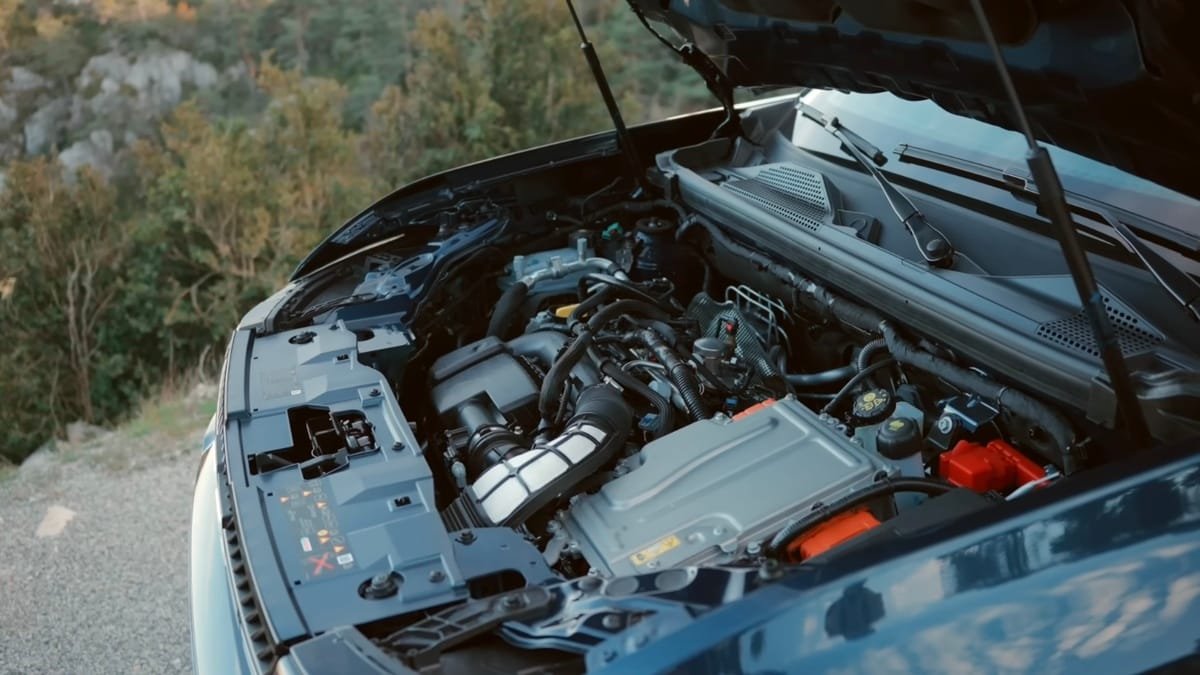
The Bigster will likely share its powertrains with the new Duster. Expected options include:
- Petrol engines (possibly a 1.3L turbo)
- Hybrid variants, including a full-hybrid setup with a 1.6L engine, electric motor, and battery
The hybrid option could be a big selling point, offering better fuel efficiency—a key factor for Indian buyers. Renault may also introduce a 4×4 version for those who want off-road capability.
Target Market & Competition
The Bigster is being developed with a clear focus on the needs of Indian customers, combining toughness, practicality, and an attractive price point. It is expected to take on popular models like the Tata Safari, which is appreciated for its roomy interior, the Mahindra XUV700, known for its strong performance and feature-rich package, and the Hyundai Alcazar, which caters to buyers looking for a premium seven-seater experience. With the Bigster, Renault appears to be positioning itself as a brand that offers a more adventurous and cost-effective choice in this competitive segment.
Expected Price & Launch
The estimated price range is ₹21.3 to ₹21.8 lakh, positioning it as a mid-range 7-seater SUV. If Renault keeps the pricing competitive, the Bigster could attract buyers looking for a budget-friendly yet feature-loaded SUV.
Final Thoughts
The Renault Bigster is set to be an interesting new entrant in India’s SUV space. With its bold design, 7-seater practicality, hybrid options, and rugged appeal, it could appeal to families and adventure seekers alike. If Renault gets the pricing and build quality right, the Bigster could emerge as a serious rival to well-known models like the Safari and XUV700.

